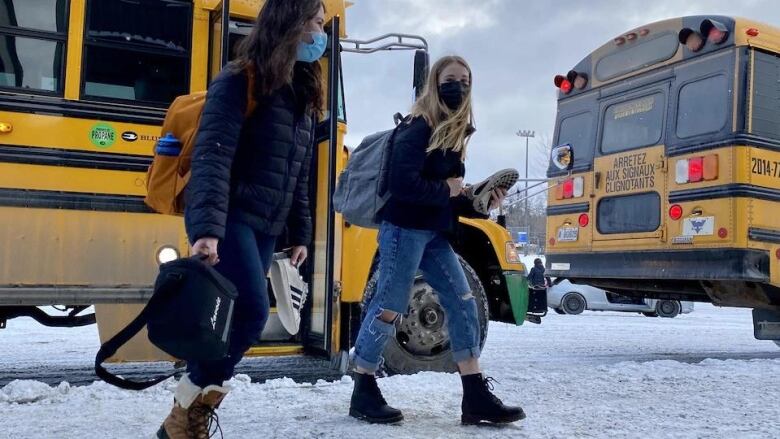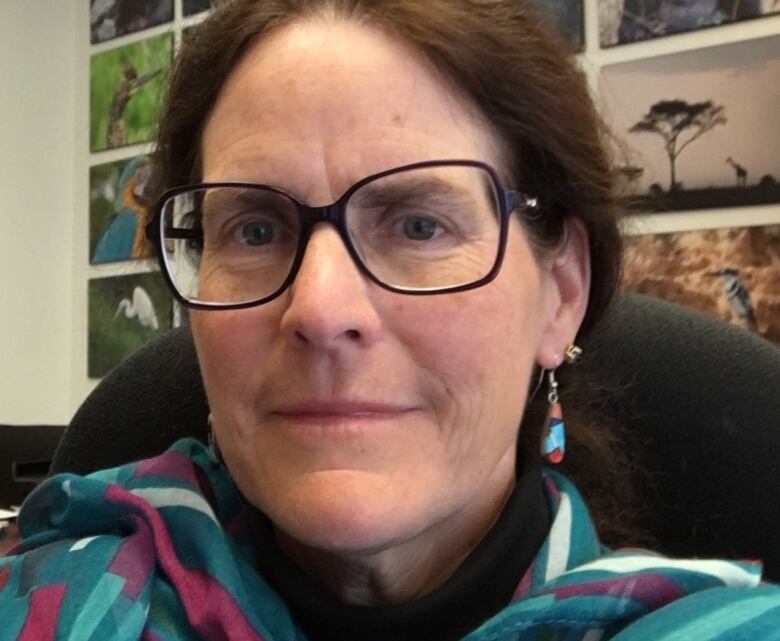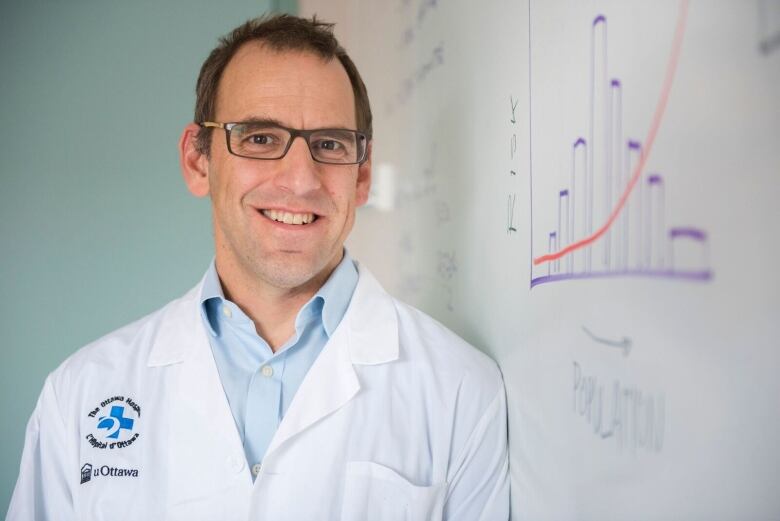Back-to-class learning 1st step in moving from COVID fear to acceptance
With Omicron meaning we can no longer contain the virus, we need to shift our thinking in how to live with it

When thousands of Ontario students head back to their schools Monday assuming they can get there throughthe forecasted snow dump it will signal not only a return to in-person learning, but our first step learning to live with COVID-19 in the long term.
After almost two years of being told to fear the coronavirus, we're now being told to accept being exposed to it as a foregone conclusion. And that requires a huge shift in our collective mindset.
No one knows this better than epidemiologist Dr. Doug Manuel. From the start, the senior scientist with The Ottawa Hospital who's also worked on local COVID-19 projections has been vocal in calling for strict measures to suppress case numbers.
Not any more.
"I've been one of the people that says, 'Please keep things low,'and now I'm like, 'We're all going to get infected,'"Manuel says.
He's found that changein thinking difficult, as he contemplates returning to in-person clinical work he's put aside for months to concentrate on epidemiology work hewas able to accomplish from home.
"I'm like anyone, I need to make the shift," he said.
Setting aside the health and essential service folks who've been working on the front lines throughout the pandemic, the first group to head back into the real world the one where, as we're being told on a daily basis, Omicron cannot be contained is students.
For many school-aged kids, to say nothing of their parents, this could be a scary prospect. But for most, it shouldn't be, says one children's infectious disease specialist.
"No jurisdiction has shown that schools are amplifiers of the virus," said Dr. Martha Fulford, an associate professor at McMaster University and a staunch advocate for children being in school.
"Ontario should be ashamed of the fact that we have had the longest school closures of all of North America. This is not a point of pride."

Kids 'not particularly susceptible'
She says the fear of COVID-19 in schools is realamong some parentsand could be anchored in earlier images like the elderly dying in long-term care homes, a grisly parade of army trucks transporting coffins in Italy, bodies piled in trailers in New York City.
These deaths were terrible, of course, but Fulford says it's been clear for more than a year that "kids are not particularly susceptible in terms of getting severe disease from COVID."
And studies, including observations by Ottawa Public Health, have shown that schools have not been incubators for spreading the virus but rather a reflection of what's happening in the community.
However, while many experts argue that schools are not the main drivers of spread pointing, most recently, to the fact we've seen record-number of cases in recent weeks when schools have been closed they do expect incidence of COVID-19 to increase when in-person school is back in session. And even Fulford concedes that the highly transmissible Omicron variant may act differently that previous variants.
For many parents, these are not minor points. Sure, we all know that our kids are likely to pick up whatever's going around at school a cold, the flu, a stomach bug but it's another thing to be blas about sending your childinto a setting where they may be exposed to a virus that, until recently, we've been told to view with terror.
And the lack of information being provided to parents makes that uncertainty worse. There will be no tracking in classrooms of COVID-19 cases, presumably due to the shortage of available tests and resources to do so.
"I'm all about information and data," says Manuel. "And then we're stuck with the reality of how to do that."
Despite the data black hole, Manuel says he's sending his own children back to school all the doctors he knows are because the closures have inflicted massive harm on students.
According to Ontario's COVID-19 science table, of which Manuel is a member, one study showed that among six-to-17-year-olds with no pre-existing mental illness diagnosis, there was a 20 per cent increase in anxiety and 25 per cent jump in depression.
"It's morally unjust, saidManuel. "It's harmful."
Parents know all too well the toll that online learning has taken on their kids, to varying degrees.
But they are also being hit with other messages,about how cases must be managed in order not to overwhelm hospitals or worsen the health-care staff shortage,and how there's been an uptick in the number of children ending up in hospital with COVID-19.
Aswe move from the hardline rules of 2020 where you could be fined hundreds of dollars for going to a park to a world where we're being asked more and more to make our own judgment onCOVID-19, we need more information and guidance about how to make decisions that are right for us.
To that end, Manuel says it might be good for parents to know that the young people who become the most ill fromCOVID-19 largely have "multiple chronic conditions," and doctors are "very concerned about them for any infection." On the other hand, he also recognizes that "we still don't have all the information" for Omicron and long COVID-19.
If parents find out through their own networks that someone in their child's class tested positive for COVID-19, Manuel says parents should before sending their kid back to school think about what the consequences would be if the virus was brought into the home.
Is there reason to belive your child is susceptible to becoming very sick? Is there anyone in the family who might be susceptible to becoming very sick? Is anyone in the house a health-care or other essential worker who can't risk becoming ill or having to self-isolate? What's the vaccination status of everyone in the home? How high isthe estimated community spread?

Manuel believes schools have done a "great job" at making the classrooms safer for students, with masks, improved ventilation and distancing, however imperfect, adding some more protection. But schools can never be guaranteed to keep kids and staff safefrom being exposed to the coronavirus. The safest option for children andtheir parents and their teachers is getting the vaccine.
We're going to need more of this sort of advice as we return to a more normal-seeming world.But governments also need to make smart decisions: for example, ifit was so important to keep schools open, why didn't the province put restrictions on other venues earlier on when numbers began to soar?
In all likelihood, transitioning back to school and back to a pre-pandemic reality will be confusing, nerve-wracking and not a straight line. There will be school closures and other disruptions as large numbers of students and staff are expected to be away, predict a number of the province's school boards. In the worst-case scenario, we'll againhave to fall back to online learning.
Manuel says the transition to a "normal life" is "a process that's really difficult in the dead of winter when you're reading reports about the hospital being overwhelmed."
The biggest questions people should ask themselves, he says, is what level of protection they have against COVID-19 when not if they get it.
"The goal is to increase community immunity to a level that we can have low hospitalizations and a normal life. There's only two ways to do that: vaccination and infection," he said. "There's the easy way, and the hard way."












_(720p).jpg)


 OFFICIAL HD MUSIC VIDEO.jpg)
.jpg)



























































































